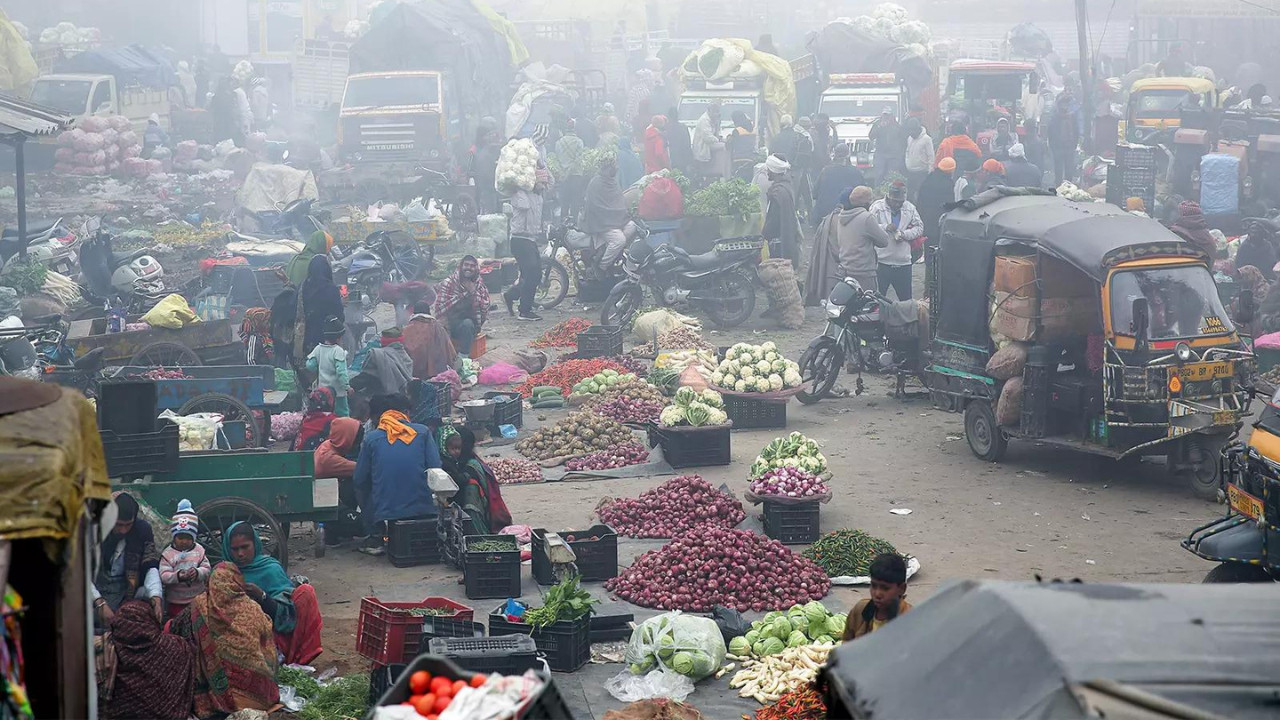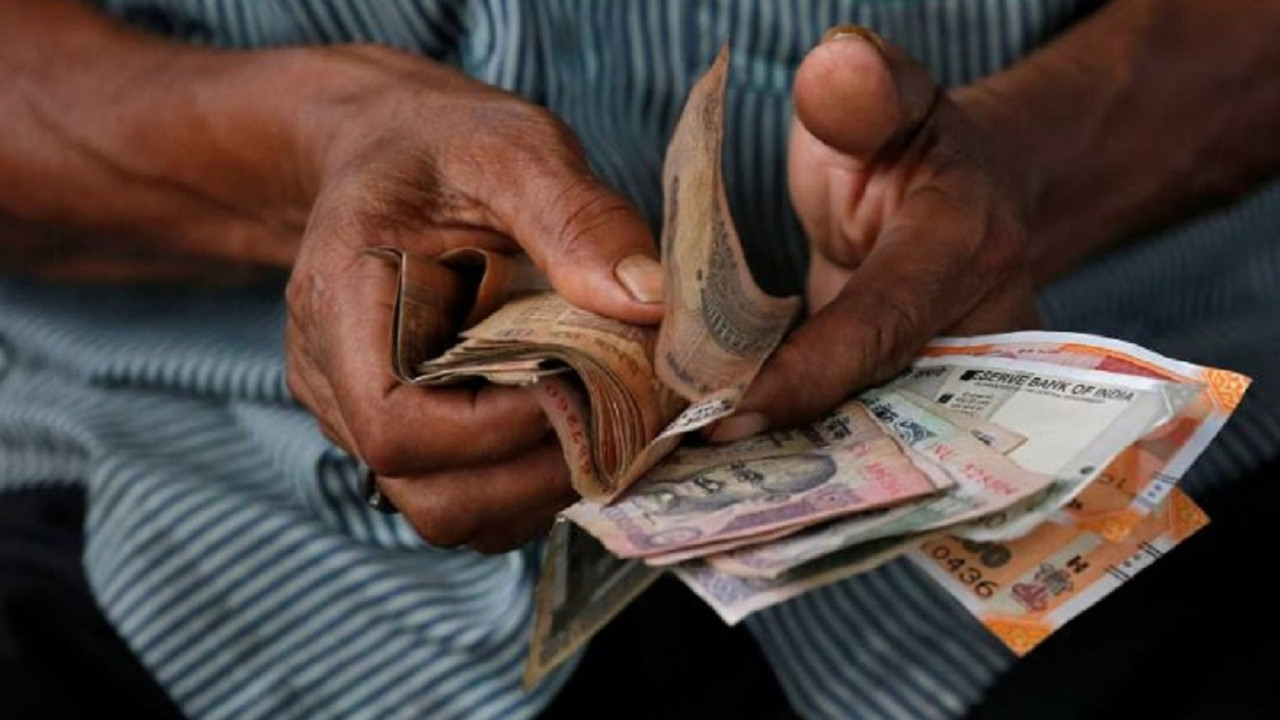Bank of Baroda projects retail inflation to average 3.1% in FY2025-26, potentially dipping lower due to GST cuts reflecting in prices. August 2025 saw consumer inflation at 2.1%, driven by falling food prices, with the food price index in deflation for the third month. Despite weather disruptions, vegetable supplies remain stable, and inflation stays within the RBI’s target band.
A Welcome Breather: How Lower Inflation & GST Cuts Could Boost Your Wallet
Remember that feeling of reaching into your pocket and wincing at the cost of… well, everything? It’s a sentiment many of us have grown accustomed to lately. But there’s a glimmer of hope on the horizon, suggesting that the pressure on our wallets might just ease up in the coming years.
A recent report from the Bank of Baroda is painting a rather optimistic picture, predicting a significant cooling down of inflation. Specifically, they foresee the Consumer Price Index (CPI) dropping to a comfortable 3.1% by fiscal year 2026. That’s a far cry from the anxieties we’ve been feeling, and it has major implications for the Indian economy and your personal finances.
But how exactly will this happen? And what can we expect along the way?
The Recipe for Relief: Factors Driving Lower Inflation
The projected decline in inflation isn’t just wishful thinking; it’s based on a confluence of factors. One of the most significant drivers is the expectation of strategic Goods and Services Tax (GST) cuts. These aren’t just arbitrary reductions, but rather targeted adjustments designed to soften prices across various consumer goods and services.
Think about it: GST impacts almost every transaction. Reducing it on essential items translates directly to lower costs for consumers. This is especially critical for lower-income households, where a larger portion of income is spent on necessities. The image below shows consumers shopping for groceries, implying their concern with inflation.
<img src="image-of-groceries.jpg" alt="Consumers shopping for groceries, indicating concern with inflation.”/>
Beyond GST cuts, the Bank of Baroda report also highlights the importance of stable global commodity prices. Supply chain disruptions and geopolitical tensions have played havoc with commodity markets in recent years, contributing significantly to inflationary pressures. As these issues stabilize, the cost of raw materials used in manufacturing and agriculture should decrease, further easing price pressures. Prudent monetary policy will also play a critical role in keeping inflation in check.
What Lower Inflation Means for You
A 3.1% inflation rate might sound like just a number, but it has tangible benefits for your daily life. Lower inflation means:
* More Purchasing Power: Your money simply stretches further. You can buy more goods and services with the same amount of income.
* Increased Savings: As the cost of living stabilizes, you have more room to save and invest for the future.
* Reduced Financial Stress: Less anxiety about rising prices translates to improved mental well-being.
* Better Investment Climate: Stable inflation encourages investment, leading to economic growth and job creation.
Imagine being able to plan your monthly budget without constantly factoring in unexpected price hikes. Envision saving for a dream vacation or your child’s education with a greater sense of certainty. This is the promise of lower inflation.
Navigating the Road Ahead: Challenges and Opportunities
While the Bank of Baroda report offers a hopeful outlook, it’s important to acknowledge potential challenges. Unforeseen global events, fluctuations in oil prices, and unexpected domestic policy shifts could all impact the trajectory of inflation.
Therefore, it’s crucial to stay informed and adapt your financial strategies accordingly. Consider diversifying your investments, exploring ways to increase your income, and continuing to practice mindful spending habits. Reviewing your investment portfolio and diversifying where necessary can help safeguard against unforeseen economic shifts.
The Bottom Line: A Cautiously Optimistic Future
The forecast of easing inflation and strategic GST cuts offers a welcome respite for Indian consumers. While challenges remain, the prospect of a more stable and predictable economic environment is certainly encouraging. It’s time to start thinking about how you can leverage these potential benefits to improve your financial well-being and plan for a brighter future. This positive outlook might also be a good time to explore investment options to grow your wealth further; consider reading our piece on [understanding mutual funds](/investment-basics-mutual-funds). The road ahead is paved with possibilities, and by staying informed and proactive, we can all navigate it successfully.







